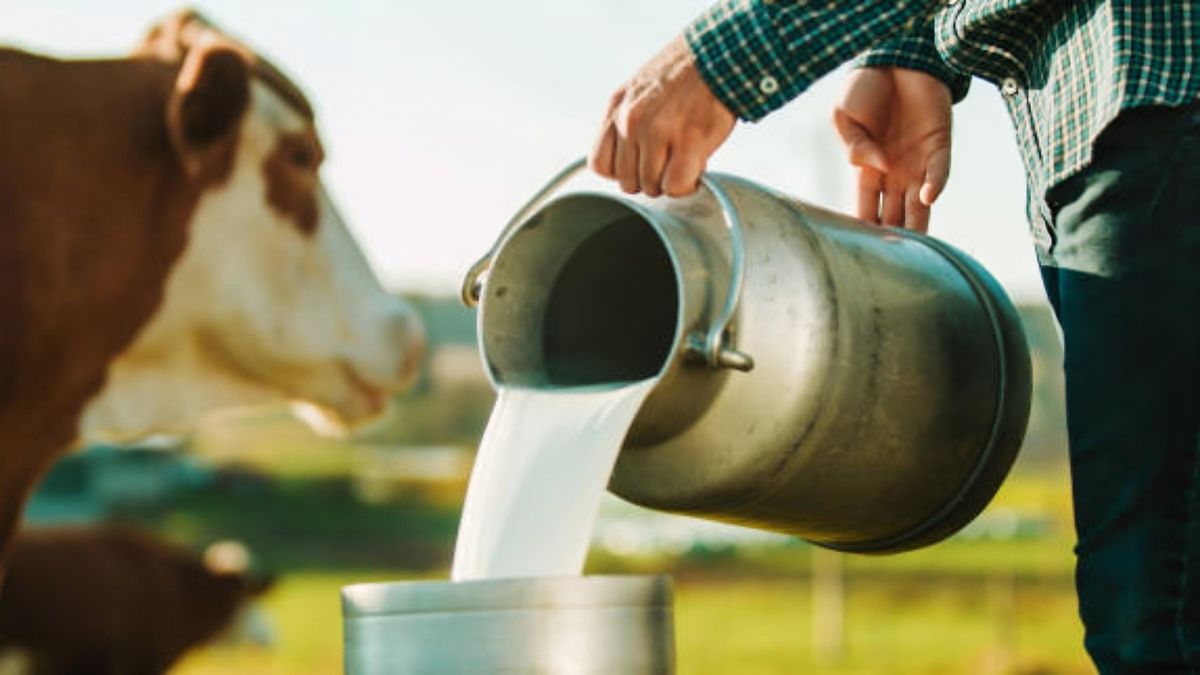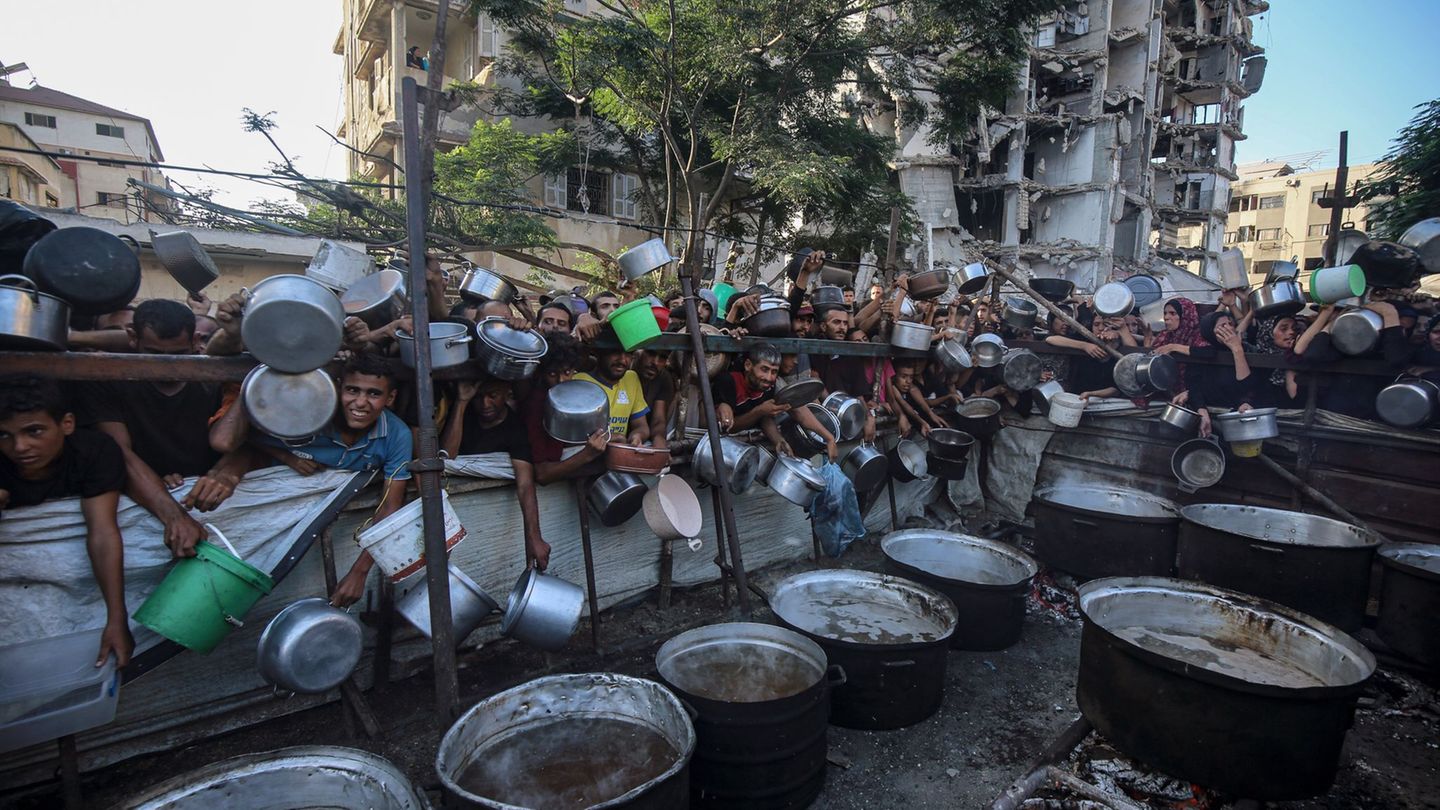By Patricio Vertiz (UNLP), Rolando Garcia (UNPAZ/UBA) and National Agrarian Group (GAN).- The Argentine dairy industry seems to be in a state of permanent crisis. It is enough to review the newspapers and portals of previous years and we repeatedly come across the news that the “Don Miguel” dairy has just liquidated its last animals, the “Los Echeverría” dairy closes its facilities, ending the saga of four generations of dairy farmers. What are the reasons for this cyclical crisis that engulfs dairy producers in our country?
More milk with fewer drums
The reality is that the dynamics of liquidation of dairy units is a global process. This is reflected in the statistics of all milk-producing countries, obviously with the particularities of each national or regional reality. In Argentina, this phenomenon advances, leaving behind personal frustrations, unfinished family legacies and a diversity of stories that long for the dairy of past decades. In short, part of the rural landscape characteristic of much of the 20th century, which seems to have faded with the turn of the century.
There are several elements that explain the inconveniences that small and medium-scale units face in remaining in the dairy activity. Firstly, a significant increase in the minimum volume of capital to be able to operate in formal markets which requires, in turn, increasing scales of production.
As establishments that combined dairy farming with other productions embarked on specialization in milk production, were incorporating a set of technological innovations that brought qualitative changes in primary production schemes. This is not an exclusive feature of dairy activity, however, as it presents higher levels of intensification than other extensive production, it requires greater volumes of capital per unit of area and, therefore, the pressure to increase scale to remain in the activity is significantly higher.
market power
Secondly, the higher levels of dependence on the part of the primary units with respect to the dairy industries. The perishable nature of milk places primary producers in a position of extreme dependence on their buyers.
Although there is the possibility of changing industries, this implies a series of logistical and operational changes that usually have productive and economic consequences. Therefore, this option is reserved only for extreme situations, which explains the term “captive dairy farms” used in some studies on the activity.
This is how the type of link historically constituted allows certain mechanisms of market power to be established, such as unilateral “fixing” of prices or payment in arrears, which benefit the industrial link. Thus, buyers often resort to stretching payment terms, generating financial inconveniences for primary producers.
In times of crisis, some industrial firms, particularly those of small and medium scale, have filed for bankruptcy, leaving their shipping farms “hanging” for several months, which can lead to bankruptcy themselves. This is also recurring in the history of dairy farming in Argentina; there are plenty of examples in each of the country’s basins.
Added to this, the conditions of individual negotiation bring advantages for the industries, a situation that worsens when the negotiation table pits dairy producers against the firms that make up the industrial leadership, with another type of back to face the dispute. In these situations, large industries also have other mechanisms, such as higher quality requirements for the milk received, cartelization practices and demands for exclusivity in receiving milk, which tip the balance in their favor.
Physical and demanding work
In third place, Milk production is a much more sacrificial activity in terms of physical work. Since it involves night or early morning hours, whether in summer or winter, with heat, cold or rain, milking does not allow exceptions.
It also does not know about weekends and holidays, which adds a greater element of difficulty in those establishments where the producer has delegated milking tasks, a predominant trend even in small-scale units to obtain workers willing to do that type of work for salary conditions. quite lean. This generates a problem of personnel rotation in many farms with their respective production problems.
Management problems
Fourthly, it also requires greater demands on management tasks with respect to other extensive activities such as agriculture and livestock breeding, with daily problems including weekends and holidays.
This raises questions for those in charge of organizing production (dairy producers). The temptation to replace the dairy farm with less demanding activities is a constant.
The difficulties in scaling and modernizing the activity
Although the margins of dairy activity usually exceed livestock farming and even compete with agriculture in some cases, the combination of the aforementioned factors constantly puts pressure on the replacement of the activity. This is particularly evident at the time of generational transfer, since many dairy farms close when management changes from parents to children.
These factors generate very strong pressure to expel small and medium-sized farms from the activity. The other side is the expansion of the scales in the top units, establishments larger than 10,000 liters per day, which, although they are a minority in quantitative terms, increasingly represent a larger portion of the total volume produced. At these scales there is a very high professionalization, and they manage to resolve many of the previous factors, especially labor and commercial schemes.
Given this situation, there is a pending debate on the strictly social dimension that involves dairy activity. Unlike other extensive productions, dairy farming demands a greater number of jobs and generates certain conditions of roots that could strengthen the social fabrics in rural territories. The debate should consider to what extent it is feasible that this aspect can be weighted above the strictly economic dimension, a valid and current discussion.
Is it necessary to make a social effort, through support from state spheres, in order to sustain small and medium-scale dairy farms? Up to what point? What would be the disadvantage of a dairy run solely by large establishments?
Perhaps a feasible solution can be found in more decisive state support for small and medium-scale units through a set of technical-productive, financial, commercial, etc. support actions. that aim to achieve higher levels of professionalization in said productive strata with the aim of covering differentiated product niches. By favoring the conditions for its persistence, social effort would contribute to the revitalization of rural territories.
On the other hand, the development of a large-scale dairy that supports the production of fluid milk to supply part of the internal market at affordable prices for the social majority, but also aiming to satisfy the demands of external markets where Argentina has a lot of ground to conquer, for example, in the Chinese, European and Middle Eastern markets.
Source: Ambito
David William is a talented author who has made a name for himself in the world of writing. He is a professional author who writes on a wide range of topics, from general interest to opinion news. David is currently working as a writer at 24 hours worlds where he brings his unique perspective and in-depth research to his articles, making them both informative and engaging.




